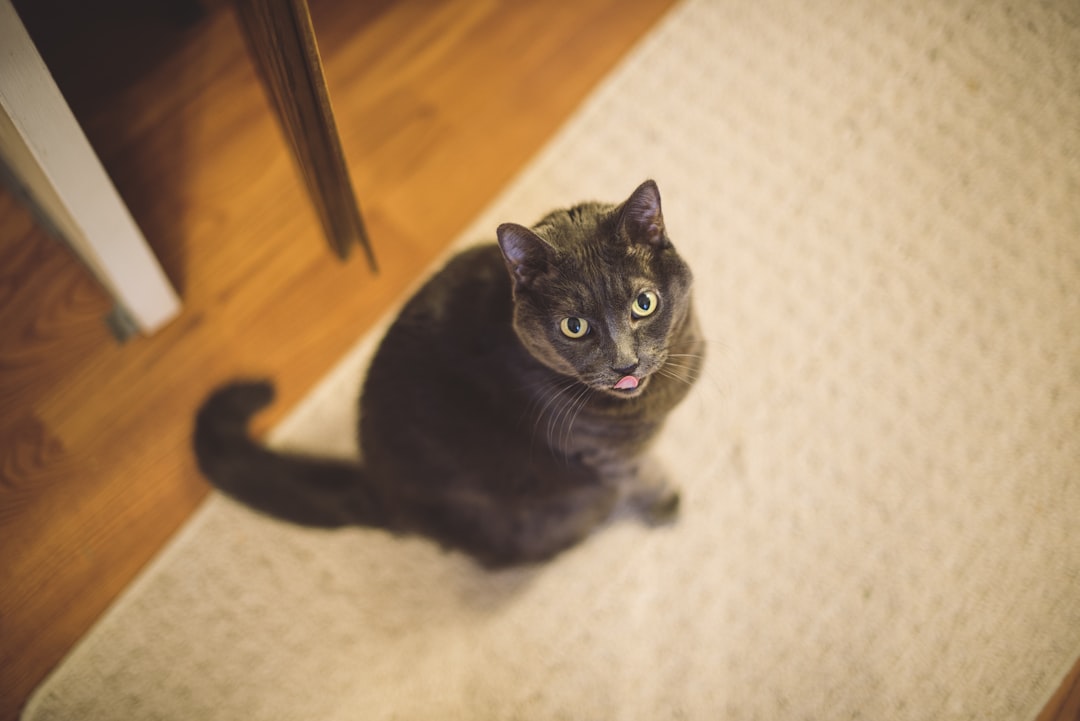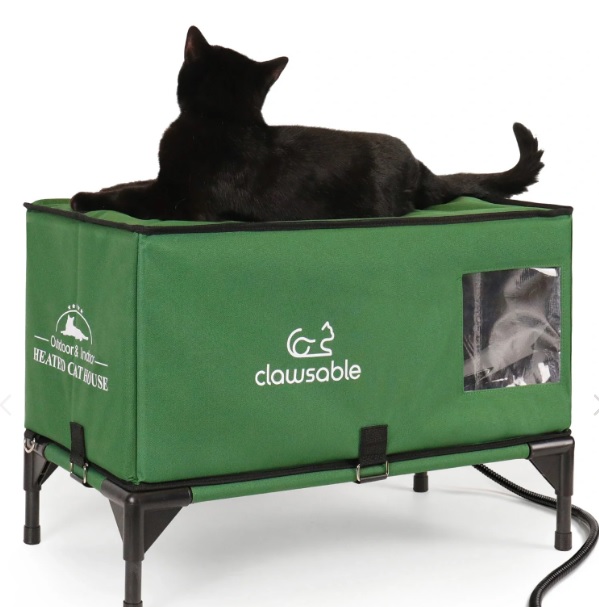If you’re a cat parent looking to make a paw-sitive change, let’s chat about pine pellets. These little wonders not only cater to your feline’s potty habits but also deliver an eco-friendly punch. Imagine a world where litter boxes are less of a hassle and more of a haven for your furball. With the perfect blend of odor control, absorbency, and cost-effectiveness, pine pellets might just be the purr-fect solution for both your kitty and the planet. So, buckle up as we explore why these green gems deserve a spot in your home!
Benefits of Pine Pellets as Cat Litter
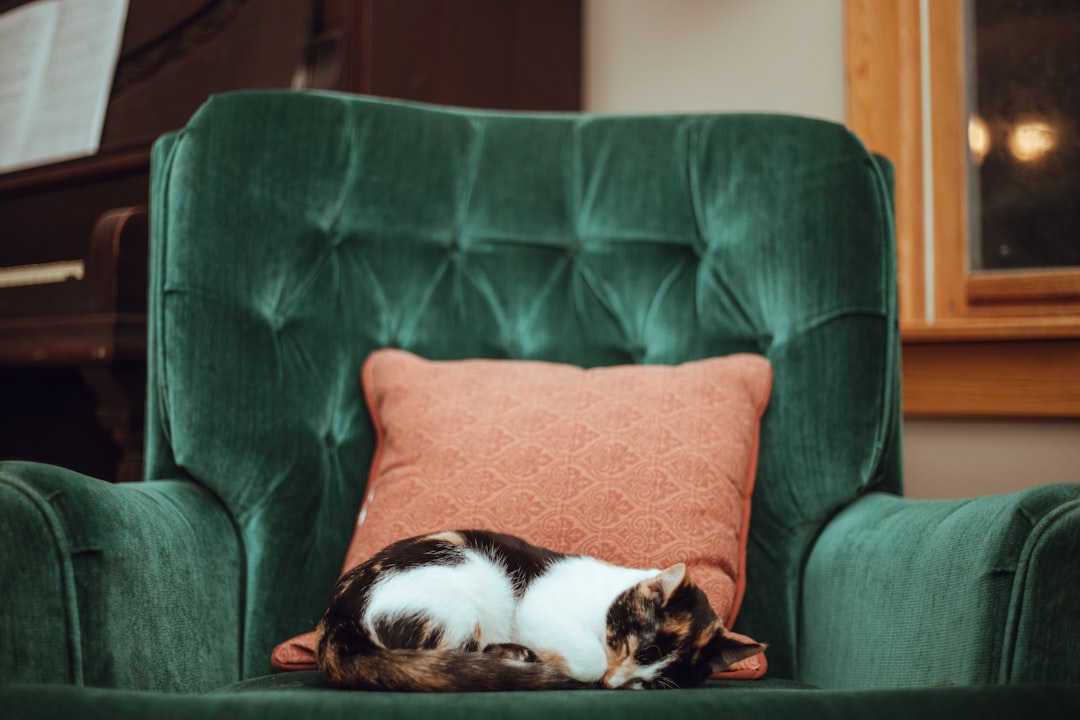
If you’re on the hunt for a litter that’s not just good for your cat but also Mother Earth, look no further than pine pellets! These little wonders pack a punch with their eco-friendly benefits. Here’s why they might just be your feline’s new best friend:
- Natural Absorbency: Pine pellets absorb moisture like a sponge, keeping your cat’s litter box dry and inviting.
- Odor Control: Thanks to their natural oils, pine pellets effectively neutralize unpleasant odors. Say goodbye to stinky surprises!
- Dust-Free: Traditional litters can create a dusty environment, but pine pellets keep the dust bunnies at bay, making it easier to breathe (for both of you!).
- Biodegradable: Once your kitty is done with them, the pellets can break down in compost, leaving no harmful waste behind.
Next time you’re shopping for cat litter, consider switching to pine pellets; you’ll be doing your cat and the planet a favor!
How Pine Pellets Compare to Traditional Cat Litters
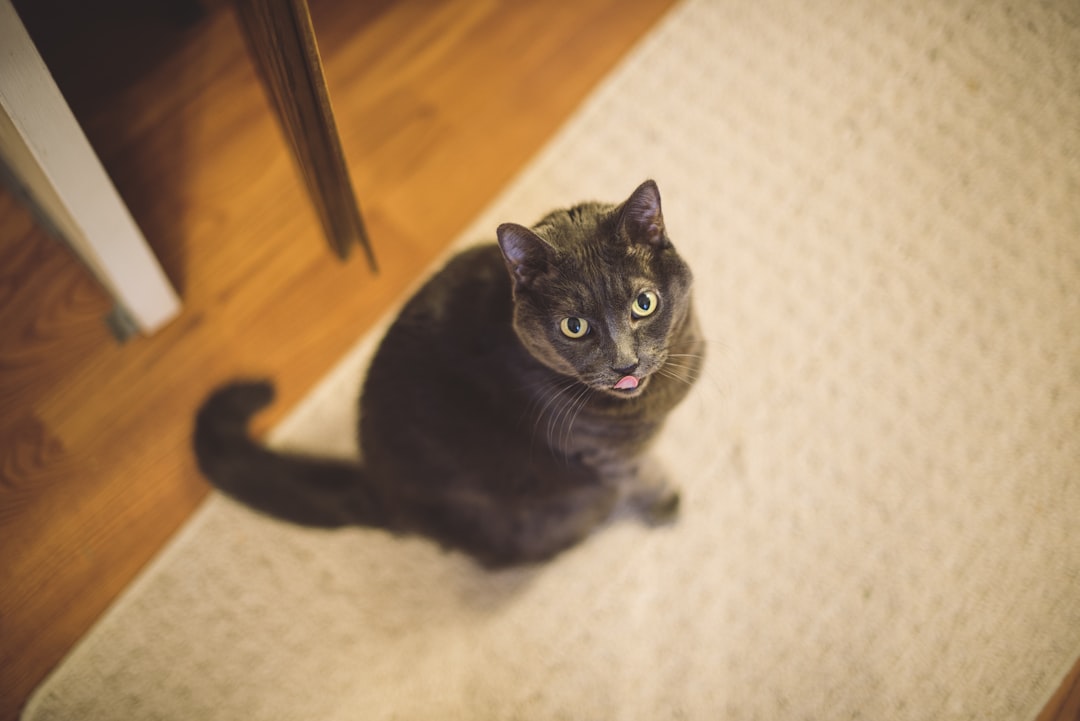
When it comes to choosing cat litter, pine pellets stand out like the star of a catnip-themed block party. Let’s put pine pellets side-by-side with traditional options, shall we?
| Feature | Pine Pellets | Traditional Litters |
|---|---|---|
| Material | Natural, biodegradable wood | Clay, synthetic materials |
| Dust Production | Minimal | Often dusty |
| Odor Control | Excellent, thanks to natural oils | Varies (some clump, some don’t) |
| Absorbency | High absorbency | Varies widely |
| Weight | Lightweight | Heavier (especially clay) |
Why Go for Pine Pellets?
- Eco-Friendly: Pine pellets are made from recycled wood, minimizing environmental impact.
- Absorbent and Odor-Fighting: They trap odors and moisture without the need for harsh chemicals. So, say goodbye to that lingering litter box smell!
- Less Mess: The pellets are less likely to scatter outside the box, making clean-up a breeze.
In the battle of litter options, pine pellets emerge victorious for eco-conscious cat lovers seeking a fresher, cleaner solution!
Environmental Impact of Using Pine Pellets
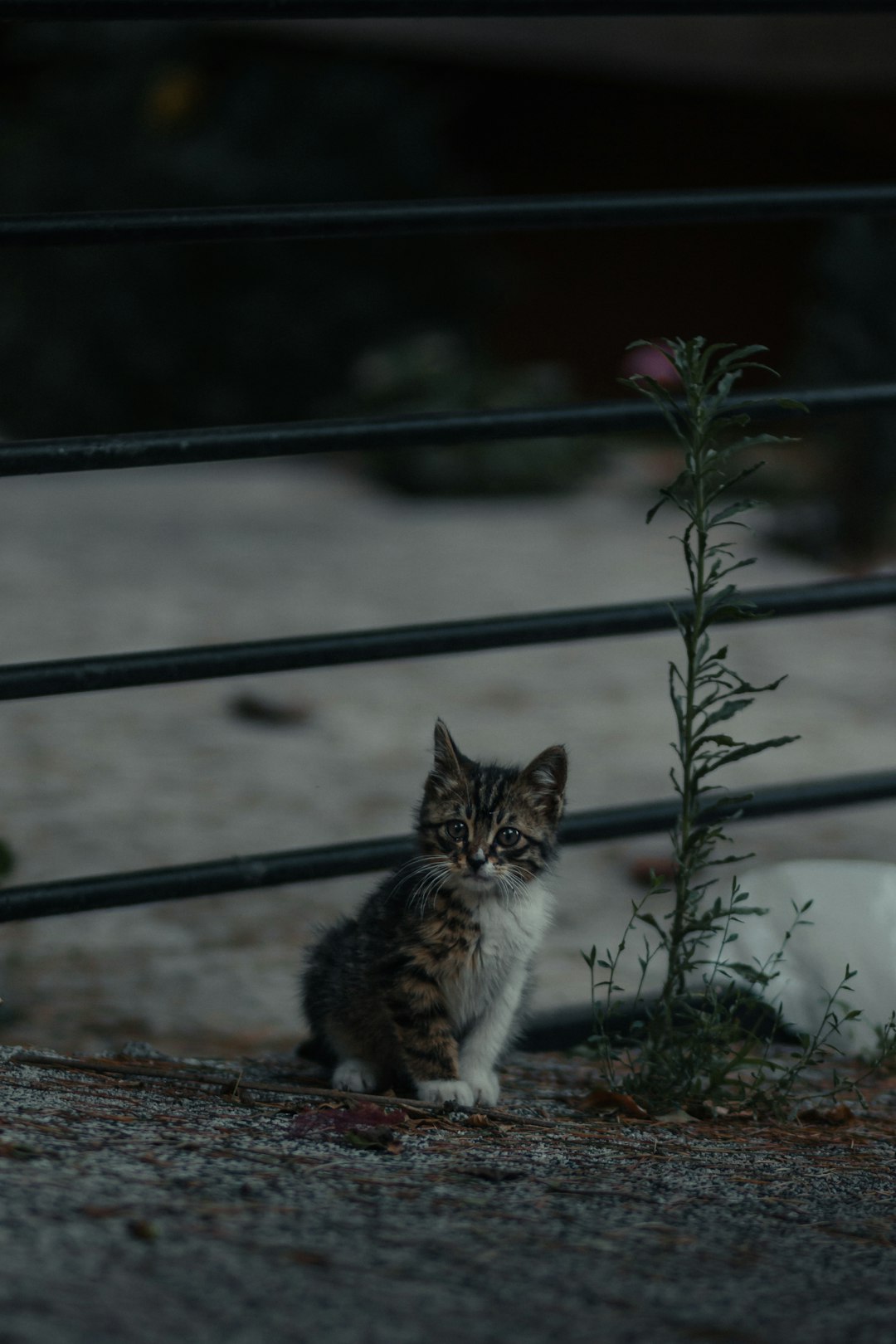
When it comes to pampering your furry friend, why not be kind to Mother Earth as well? Pine pellets stand out as an eco-friendly choice for cat litter, and here’s why:
- Sustainable Source: Pine pellets derive from renewable resources. Made from leftover wood, they use waste products that would otherwise decompose in landfills. Talk about recycling!
- Biodegradable: Unlike traditional clumping litters, which clog up landfills for years, once you’re done with pine pellets, they break down naturally. That’s one less thing contributing to environmental clutter!
- Reduced Carbon Footprint: The production of pine pellets generally requires less energy, resulting in lower greenhouse gas emissions. A win-win for the planet and your nose!
- Minimal Dust: Many litter options create a dust storm that can harm the environment and your kitty’s lungs. Pine pellets tumble in softly, meaning less dust and a happier home.
In summary, choosing pine pellets for your cat’s litter box doesn’t just keep it clean—it keeps the planet cleaner, too!
Odor Control and Absorbency Characteristics
When it comes to odor control, pine pellets make a stellar choice for cat litter. These little heroes work threefold:
- Natural Aroma: The inherent scent of pine not only masks unwanted odors but also refreshes the litter box environment. It’s like having a mini air freshener in your cat’s sanctuary!
- Absorbency Power: Pine pellets absorb moisture efficiently. They break down into sawdust when wet, trapping the odor right where it occurs.
- Low Dust Formula: Unlike traditional clay litters that send dust clouds flying, pine pellets keep the air cleaner, ensuring both you and your feline friend breathe easy.
Comparison of Odor Control
| Feature | Pine Pellets | Traditional Clay Litter |
|---|---|---|
| Natural Scent | Yes | No |
| Clumping Ability | No | Yes |
| Dust Production | Low | High |
| Moisture Absorption | High | Medium |
In summary, if you desire an eco-friendly, cat-approved option that controls odors while keeping things clean, give pine pellets a try! Your nose will thank you, and so will the planet.
Cost-Effectiveness of Pine Pellets
When choosing cat litter, cost is a crucial player in the decision-making process. Let’s face it: our furry friends love to dig, and you don’t want to break the bank keeping your litter box full! Here’s why pine pellets score high in the cost-effectiveness category:
- Affordability: Compared to traditional clumping litters, pine pellets often come at a lower price per pound. This means you get a budget-friendly option without sacrificing quality.
- Lasting Power: Pine pellets are highly absorbent, which means they trap moisture and odors effectively. Consequently, you may find yourself changing the litter less frequently, stretching that dollar even further.
- Biodiversity Bonus: Investing in pine pellets isn’t just wallet-friendly; it’s eco-friendly! Minimal processing and natural materials ensure you’re saving the planet alongside your savings.
| Feature | Traditional Cat Litters | Pine Pellets |
|---|---|---|
| Cost per bag | $$ | $ |
| Absorption capacity | Moderate | High |
| Change frequency | Every 1-2 weeks | Every 2-3 weeks |
In a nutshell, switching to pine pellets not only suits your cat but also your bank account!
Tips for Choosing and Using Pine Pellets
When it comes to choosing pine pellets for your feline, a little know-how can go a long way. Here are some witty tips to ensure a smooth transition for both you and your kitty:
- Quality Matters: Look for high-quality pine pellets that are specifically designed for cat litter. Avoid construction-grade pellets; they might have some not-so-nice additives!
- Freshness Check: Fresh pine pellets smell delightful! Ensure your pellets have a pleasant pine aroma rather than a musty scent.
- Start Small: Introducing pine pellets? Mix them with your cat’s current litter. Gradually increase the ratio of pine pellets to avoid any cat-astrophic reactions!
- Depth of Litter: Aim for about 2-3 inches of pine pellets in the litter box. Too shallow, and it won’t absorb; too deep, and Fluffy might feel like she’s fumbling through a forest.
- Scoop Daily: To maintain cleanliness, scoop out soiled pellets daily. Fresh pellets can absorb odors, but a little maintenance goes a long way!
By following these tips, you’ll create a purr-fect litter environment that both you and your kitty can appreciate. Who knew making eco-friendly choices with pine pellets could be this easy and fun?
Tips for Choosing and Using Pine Pellets
Choosing pine pellets for your cat litter isn’t just a leap toward eco-friendliness; it’s also a leap toward cunning convenience! Here are some purr-fect tips to maximize your experience with pine pellets:
- Check for Quality: Not all pine pellets are created equal. Look for products made from 100% natural pine, free from additives, to ensure a safe play zone for your feline.
- Gradual Transition: Cats can be picky! Mix pine pellets with their current litter to help them adjust. Start with a ratio of ⅓ pine pellets to ⅔ old litter and gradually increase the pine content.
- Depth Matters: Aim for about 2-3 inches of pine pellets in the litter box. This depth ensures good absorbency and effective odor control.
- Regular Maintenance: Scoop out clumps daily, and every couple of weeks, replace all pellets. Pine pellets decompose into sawdust, making cleanup easier.
- Store Properly: Keep your pine pellets in a dry location to maintain their freshness and effectiveness. A sealed container works wonders!
By following these tips, you’ll turn your litter box into a clean, eco-friendly oasis, just like your cat deserves!
Frequently Asked Questions About Pine Pellets for Cat Litter
Curious about using pine pellets for your feline’s bathroom needs? You’re not alone! Here are some frequently asked questions to clear up any cat-astrophes:
- Are pine pellets safe for cats?
Absolutely! Pine pellets are made from compressed sawdust, making them a natural and non-toxic option for your furry friend. Just watch for any allergic reactions at first. - How do I introduce pine pellets to my cat?
Gradual transition is key! Mix pine pellets with your current litter to help your kitty adjust. Slowly increase the amount of pine pellets while decreasing the old stuff. - How do pine pellets control odors?
The natural properties of pine pellets help neutralize odors effectively. Plus, when the pellets absorb moisture, they tend to break down into sawdust, which makes cleaning easier! - Can I flush pine pellets?
While some use pine pellets for composting, flushing them might cause plumbing woes. Stick to disposal in the trash or a compost bin to keep your plumbing happy!
Choosing pine pellets not only benefits your cat but also the planet—what’s not to like?
Frequently Asked Questions
What are pine pellets and how are they made?
Ah, the majestic pine pellet! These little nuggets are made from compressed sawdust, primarily from pine trees. Imagine all those tiny wood particles, pressed together under high pressure into pellet form. This results in a biodegradable and eco-friendly litter option that not only minimizes waste but also provides a natural pine scent that masks odors like a pro! Why settle for ordinary when your kitty can enjoy a little slice of nature?!
Is pine pellet litter safe for my cat?
Absolutely! Pine pellet litter is not only safe; it’s actually a fabulous choice for your feline friend. Unlike traditional clay litters that might contain harmful chemicals or dust that could irritate your kitty’s whiskers, pine pellets are naturally non-toxic, dust-free, and gentle on sensitive noses. Just ensure that your cat is used to the change – a gradual introduction can make the transition smoother than a cat’s purr!
How do I use pine pellets for cat litter?
Using pine pellets is as easy as pie (or should I say, as easy as a cat nap?). Start with a clean litter box; sprinkle a layer of pellets about 2-3 inches deep. Let your kitty do their thing, and the pellets will absorb moisture, breaking down into sawdust. When it’s time to clean, scoop out the solid waste and replace any damp pellets – it’s the feline equivalent of spring cleaning, done in a jiffy!
What are the benefits of using pine pellets over traditional cat litter?
Pine pellets come with a myriad of benefits that would make even the pickiest of kitties purr with delight! First, they’re eco-friendly, decomposing easily and reducing landfill waste. Second, they have an impressive ability to combat odors thanks to their natural pine scent. They’re also dust-free, making them a hypoallergenic option for sensitive kitties and their humans. Long story short: a greener planet, a fresher home, and a happy cat—what more could you ask for?


